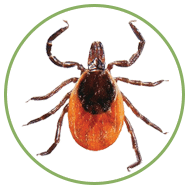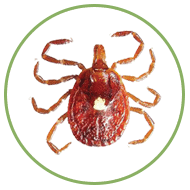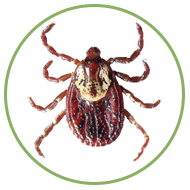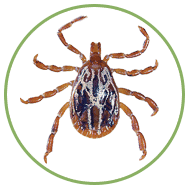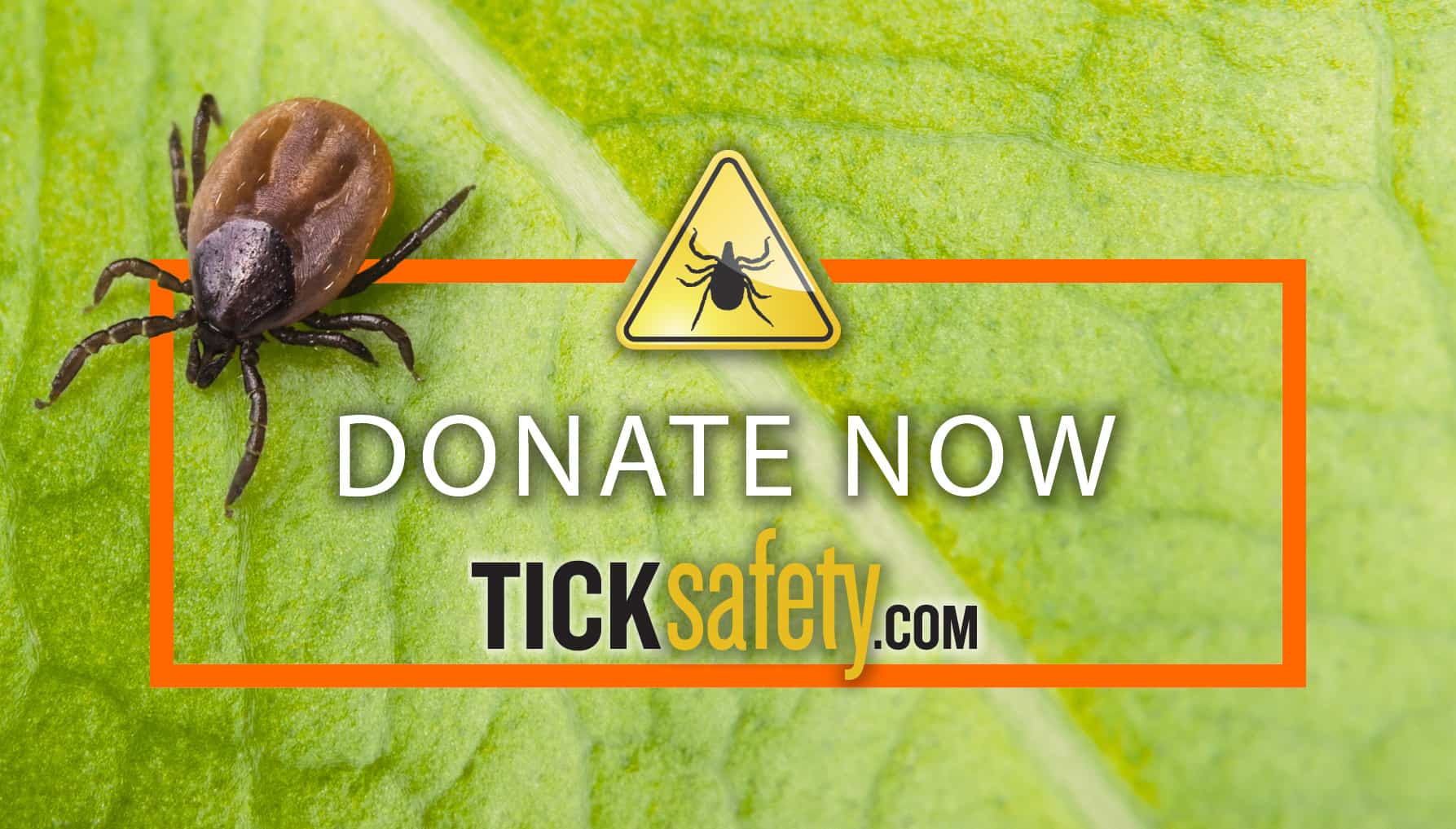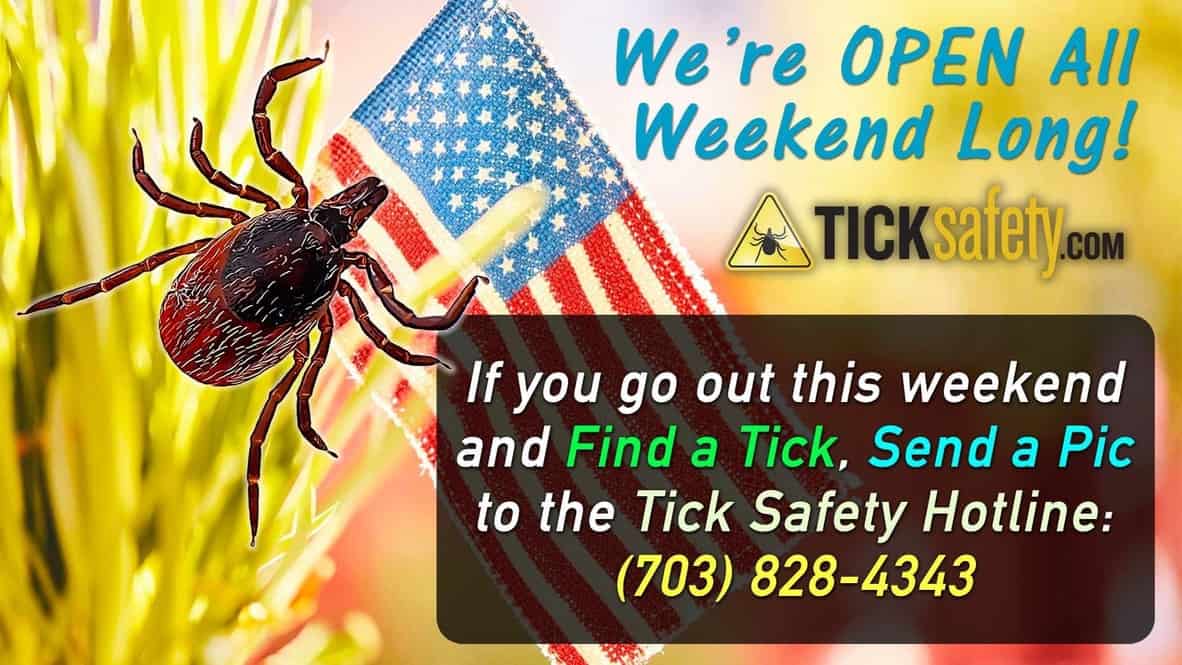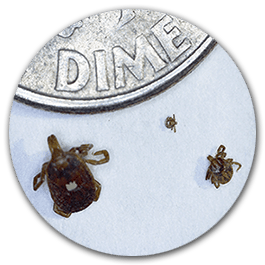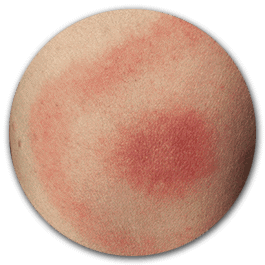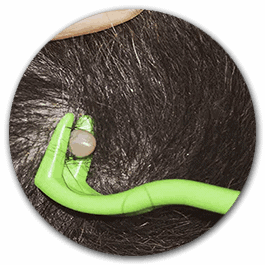Tick Safety is More than Just Wearing Bug Spray
Anyone who spends time in the great outdoors knows about the threat of disease-carrying ticks to any unsuspecting passer-by. Ticks are efficient hunters, waiting in brush or tall grass for a host to latch onto – and once attached, can often go unnoticed for days!
But ticks aren’t just out in the wilderness — they can be transported much closer to home by mammals like raccoons or even squirrels. Tick larvae, nymphs or adult ticks can easily end up in residential areas, creating a whole new tick population waiting to be fed in your own garden or neighborhood park. This is why Tick Safety is so very important!




